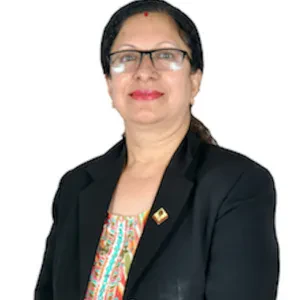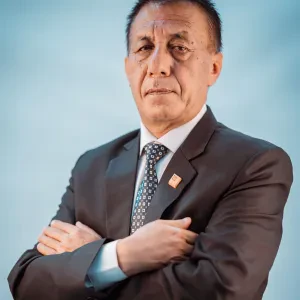Nepal Prime Minister Election: A Deep Dive into the Parliamentary Process
Understanding the Heart of Nepal's Democracy
The question of how Nepal selects its Prime Minister is central to understanding the nation's political landscape. Many people searching for information on the Nepal Prime Minister election are often curious about whether the country has a directly elected PM Nepal system. While the idea of a direct popular vote for the head of government is a common feature in presidential systems, Nepal follows a different path. This article will provide a comprehensive guide to the actual process, rooted in the nation's constitution and shaped by its unique political history. We will explore the constitutional framework, the step-by-step electoral process within the Federal Parliament, and the significant implications this system has on Nepal's governance and stability.
The Constitutional Framework: Foundation of Nepal's Democracy
Nepal's current political system is a product of a long and often tumultuous journey. To understand the Nepal Prime Minister election, one must first look at the foundational legal document that governs it: the Constitution of Nepal.
The 2015 Constitution and a New Era
The modern framework for governance was established with the promulgation the Constitution of Nepal in 2015. This document formally cemented Nepal's status as a federal democratic republic, following the abolition of the 240-year-old monarchy in 2008. The constitution laid out a clear separation of powers among the executive, legislative, and judicial branches, with the Prime Minister serving as the head of the executive branch of government. The President, in contrast, serves as the ceremonial head of state.
The constitution specifically outlines the process for selecting the Prime Minister, making it a parliamentary procedure rather than a direct election by the citizenry. This means that the Prime Minister must command the confidence of the lower house of the Federal Parliament to govern. This parliamentary model is designed to ensure that the executive is directly accountable to the elected representatives of the people.
The Federal Structure and Its Role
Nepal's federal structure comprises three levels: federal, provincial, and local. The federal legislature, known as the Federal Parliament, is bicameral, consisting of the House of Representatives (the lower house) and the National Assembly (the upper house). It is this Federal Parliament that holds the power to elect the Prime Minister. The House of Representatives, being the directly elected body, holds the primary sway in this process, making the general elections for its 275 members the de facto primary event that determines the country's executive leadership.
Demystifying the Nepal Prime Minister Election Process
The mechanism for electing the Prime Minister is a multi-stage process defined by specific articles in the constitution. It is a system of indirect election, where the people's representatives make the final choice. This is a crucial clarification for those searching for a "directly elected PM Nepal," as the reality is more nuanced and centered on parliamentary dynamics.
The Role of the Federal Parliament as Electoral College
The entire Federal Parliament functions as an electoral college for the Prime Minister. However, the constitution gives the House of Representatives the dominant role. A candidate for Prime Minister must secure a majority vote in the House of Representatives to be appointed. The process begins after a general election or when the post of Prime Minister becomes vacant for any other reason.
The President of Nepal plays a key procedural role. After general elections, the President summons a session of the House of Representatives. Within a specified timeframe, a member of the House who can command a majority must stake a claim to form the government.
Election Pathways: From Clear Majority to Complex Coalitions
The path to becoming Prime Minister in Nepal can unfold in several ways, largely dependent on the outcome of the general elections to the House of Representatives.
-
Majority Government: If a single political party wins a clear majority (more than 138 seats out of 275) in the House of Representatives, the parliamentary party leader of that party will naturally be the frontrunner for Prime Minister. They can easily stake a claim before the President, who will then appoint them as PM, as they have a proven majority.
-
Coalition Government: More often than not, Nepal's fractured political landscape means no single party secures a majority. In this scenario, post-election negotiations and alliances become critical. Two or more parties will form a pre-poll or post-poll alliance to cross the majority threshold. The leader of the largest party in the coalition is typically nominated for the Prime Minister's position. They must then present evidence of their majority support, often in the form of signatures from MPs, to the President.
-
Contested Election: If no party or coalition can immediately prove a majority, the President can call for a special election within the House of Representatives. In this case, any member of the House can be nominated as a candidate. The election is conducted through a secret ballot. To win, a candidate must secure a majority of the total members of the House (i.e., at least 138 votes).
Why Not a Directly Elected PM in Nepal?
The choice of a parliamentary system over a presidential one with a directly elected Prime Minister was a deliberate decision by Nepal's constitution-makers. The primary rationale is to ensure a closer link between the executive and the legislature. In this model, the Prime Minister is not a separate, independently elected power center but is drawn from and remains accountable to the Parliament. This system is designed to foster cooperation between the government and the law-making body. In theory, it prevents the kind of executive-legislative gridlock that can occur in presidential systems. However, as we will see, it also presents its own set of challenges, particularly in a multi-party democracy like Nepal's.
A Historical Perspective: From Monarchy to Parliamentary Democracy
Nepal's journey to its current Nepal Prime Minister election process is deeply intertwined with its history of political struggle and transformation.
The Pre-2008 Era
Before becoming a republic, Nepal experimented with different systems. For much of the 20th century, it was under the party-less Panchayat system, where the King held absolute power. Later, after a popular movement in 1990, a constitutional monarchy was established with a multi-party parliamentary system. However, the King retained significant powers, including the authority to dissolve the parliament and dismiss the Prime Minister, which led to persistent political instability.
The Federal Democratic Republic and Frequent Changes
The abolition of the monarchy in 2008 was a watershed moment. The first Prime Minister of the republic was elected by the Constituent Assembly, which also functioned as the legislature. The period between 2008 and the promulgation of the 2015 Constitution was marked by extreme political instability, with the country seeing numerous Prime Ministers in quick succession. This was due to the challenges of drafting a new constitution and the deeply divided nature of the political parties at the time.
Even after the 2015 Constitution provided a clearer framework, the issue of instability has persisted. The Nepal Prime Minister election process, with its reliance on fragile coalitions, has often resulted in short-lived governments. This historical context is essential for understanding the practical implications of the current system.
The Implications of Nepal's Parliamentary System
The parliamentary model for electing the Prime Minister has profound consequences for Nepal's governance, political culture, and development trajectory.
The Challenge of Political Instability
The most significant implication has been chronic political instability. Because governments are often formed by fragile coalitions of parties with differing ideologies and agendas, they are prone to collapse. A small partner in the coalition can withdraw support, leading to a loss of majority for the Prime Minister and triggering a political crisis. This frequent turnover in leadership makes it difficult to implement long-term policies and development projects. The Nepal Prime Minister election becomes a recurring feature rather than a once-in-five-years event.
The Power of Coalition Politics and "Kingmakers"
In a system without a directly elected PM Nepal, smaller parties gain outsized importance. In a hung parliament, these smaller parties can become "kingmakers." Their support is crucial for any larger party to form a government, giving them significant leverage in demanding ministerial portfolios and influencing policy decisions. This can lead to compromises that may not always be in the best interest of the nation but are necessary to keep the coalition intact.
Impact on Governance and Development
The constant political maneuvering and instability have a direct impact on governance. Key bureaucratic appointments are often delayed, and policy implementation becomes inconsistent. For foreign investors and donor countries, this volatility can be a deterrent, affecting Nepal's economic development. Furthermore, crucial issues like constitutional amendments, economic reforms, and post-disaster reconstruction (like after the 2015 earthquake) can get caught in the web of coalition politics.
Key Players and Recent Developments
Nepal's political arena is dominated by a few major parties, including the Nepali Congress, the Communist Party of Nepal (Unified Marxist-Leninist), and the Communist Party of Nepal (Maoist Centre). The alliances and rivalries among these parties largely dictate the outcome of any Nepal Prime Minister election. In recent years, we have seen unlikely alliances form and break, leading to dramatic changes in government. For instance, a coalition of the Communist parties might form a government, only to see them split and join forces with the opposition Nepali Congress. This fluidity is a hallmark of the current system and keeps the political landscape in a constant state of flux.
Conclusion: A System in Evolution
The process of the Nepal Prime Minister election is a complex parliamentary procedure, not a direct popular vote. It is a system born out of Nepal's unique historical struggle for democracy and designed to maintain a link between the executive and the legislature. While it has its merits in theory, in practice, it has led to significant challenges, most notably political instability and the dominance of coalition politics.
Understanding this system is key to grasping the nuances of Nepali governance. The frequent changes in government are not a sign of a failing system per se, but rather a feature of a young, multi-party democracy still finding its footing. The search for a stable and effective government continues, and the debate about potential electoral reforms, including the idea of a directly elected executive, remains a part of the political conversation. For now, the power to choose the nation's leader rests with the 275 members of the House of Representatives, making every general election a critical event in shaping Nepal's future.
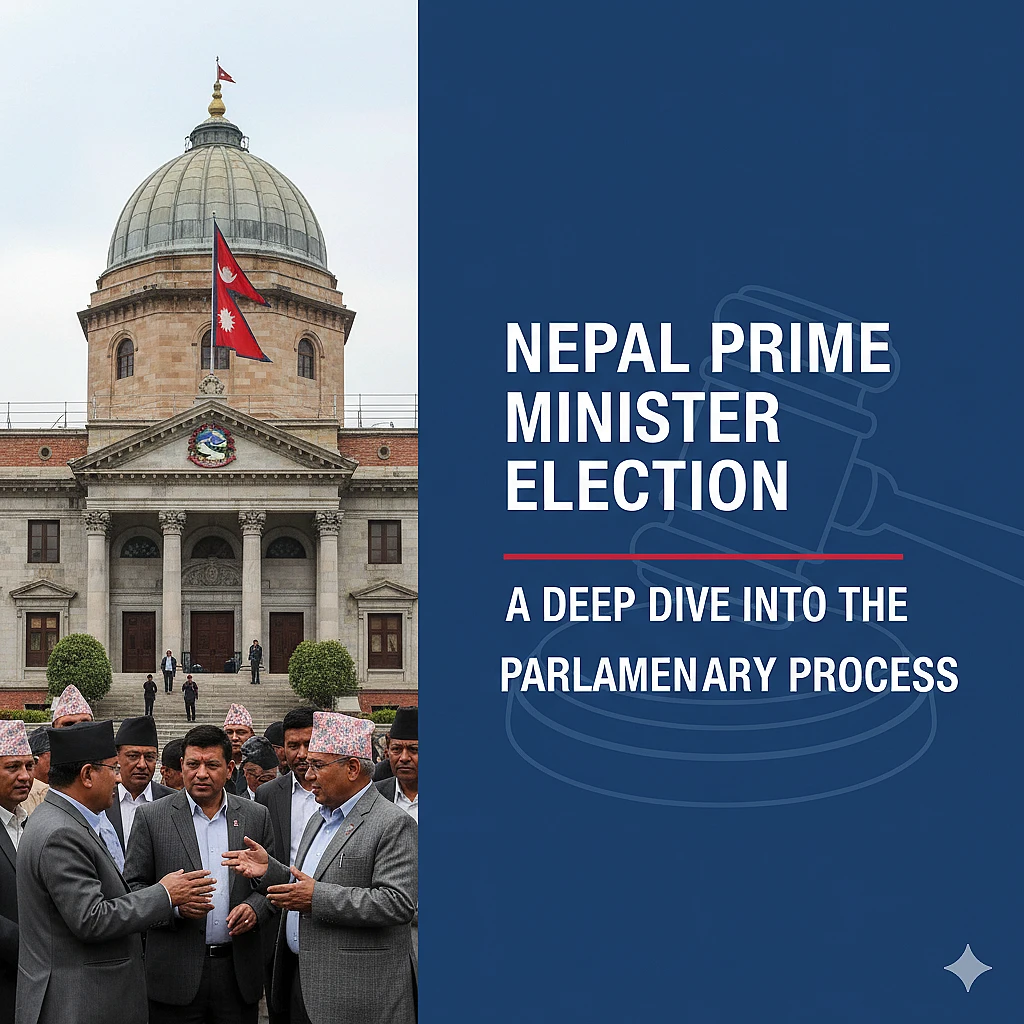
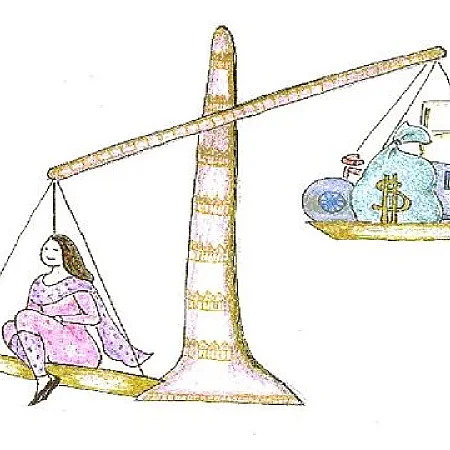
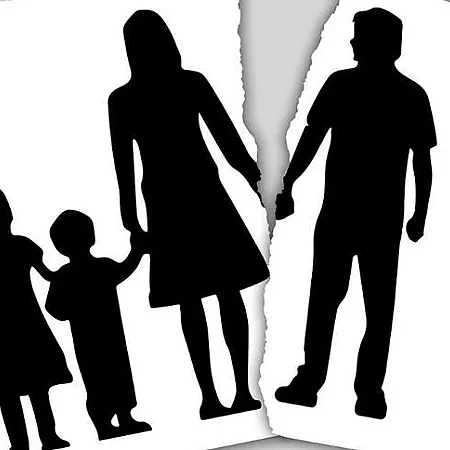

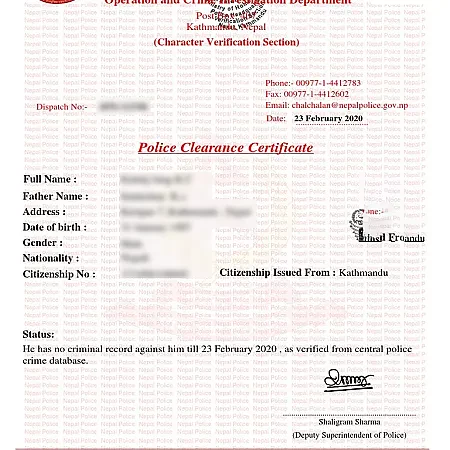

-thumb.webp)
-thumb.webp)

